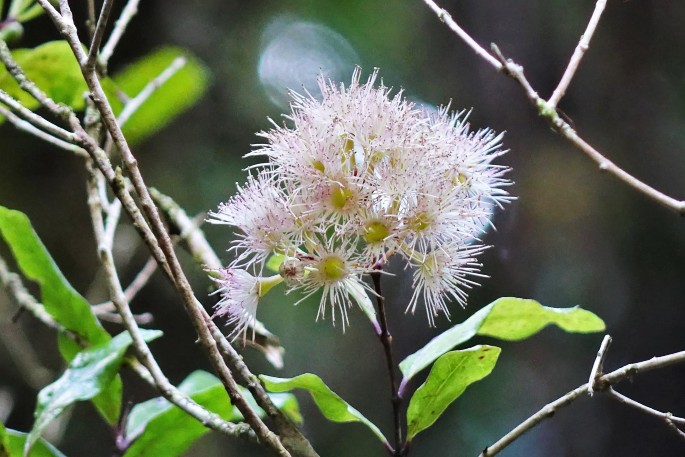This Content Is Only For Subscribers
Hotspots for the conservation of maire tawake or swamp maire in the Wellington region have been identified by researchers hoping to save this threatened native tree from the deadly myrtle rust disease.
Swamp maire is thought to have been common in the wetlands that once covered the Wellington region. However, farming and urban development have significantly reduced its numbers. The arrival of myrtle rust in 2017 added a new threat and the tree has a conservation status of “nationally vulnerable”.
Priority areas for its conservation have now been mapped in the western suburbs of Lower and Upper Hutt and in the towns of Paraparaumu, Waikanae, Ōtaki, Masterton, Carterton, and Featherston. These priority areas comprise up to 52 km2.
“We’ve identified sites that are likely to have the highest abundance of swamp maire and the lowest risk of myrtle rust,” says Dr Sarah Herbert, a researcher in biological sciences at Te Herenga Waka—Victoria University of Wellington.
“They’re also easy to access so we think focusing on these sites offers the most cost-effective conservation strategy.”
Dr Herbert says the sites could act as refuges for swamp maire, with additional planting undertaken to help maintain the tree’s population as myrtle rust spreads.
“Myrtle rust is a fungal plant pathogen that is primarily spread by the wind. It has a devastating effect on swamp maire, causing an almost complete loss of flowers, fruits, and new leaves. There’s an urgent need to identify sites where conservation and wetland restoration can take place to help ensure this treasured tree’s survival.”
In addition to the priority sites for conservation, the researchers identified other areas that could act as refuges for the tree but these areas would require more intensive management.
“We mapped up to 233 km2 where swamp maire is present in relatively high abundance but where there is a higher risk of myrtle rust, so more effort would be needed to manage the sites. On the plus side, these areas are easy to access and existing community conservation efforts could be supported to allow more intensive control of myrtle rust.”
Pockets of less accessible land in the wider Wellington region could also be considered as refuges for the tree’s conservation, she says.
“We identified up to 134 km2, mostly within indigenous forest in the eastern Tararua range and in farmland in the Wairarapa, with potential for swamp maire conservation. Wetland restoration and swamp maire planting programmes by landowners and communities may be possible in places that can be accessed by off-road vehicles or on foot.”
The researchers were able to identify areas for swamp maire conversation by using models of the Wellington region’s soil moisture and plant distribution to pinpoint sites where swamp maire was likely to be growing. They then mapped the risk of myrtle rust infection in these areas and graded sites by how easy they were to access.
Results of the research are published in the journal Conversation Biology.



